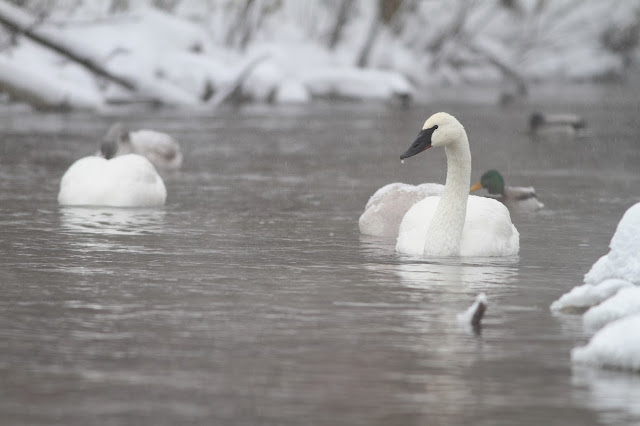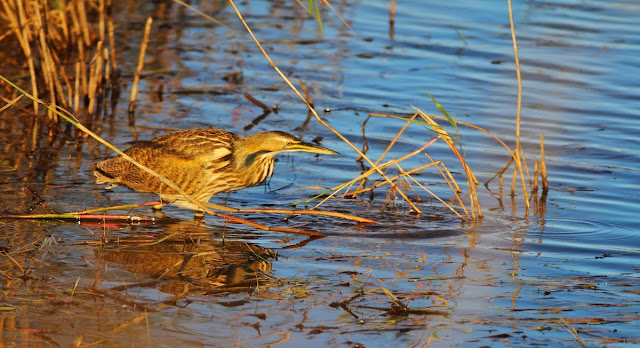Costa Rica’s Rain Forest Frogs 8 July 2013
Costa Rican Red-eyed Tree Frog
This day, July 8 2013, has given countless and vivid memories. We have decided to meet Michael Sevilla at 5:15 AM
along the Sarapiqui River. We have planned for “some photography,” a day that
will be adventurous, intensive, and richly rewarding. Bruce and I are enthusiastic for the morning
shoot, so we have arrived early and have set up our tripods on the scenic
beauty of some river rocks. Within a few
minutes, Michael has arrived quietly and with a smile. We begin our day of adventures in the
rainforest. Perhaps it is now that I should remind you
that a day of photography in the rainforest is unusually hard “work.” It is the intense work of creativity. While
animals are abundant, the environment is harsh on camera equipment, and
moisture in the air is unforgiving on camera angle, incident light, and lens
care. Each and every step must be
calculated if any photography is to result.
Michael is aware of this, and he is an exceptionally gifted guide in his
ability to couple his deep knowledge of the forest with the specific needs of a
photographer. We are so lucky to have his friendship.



Montezuma's Oropendola
Orange-billed Sparrow
I also feel lucky to have made a last-second
purchase. I have purchased an electronic
cable release, the high quality Canon equipment, for this trip. Matched with a stable Gitzo tripod, I soon
find that almost everything hoped for in this environment would be impossible
without the cable release and tripod.
This is essential gear if photography is the desired outcome in a
rainforest journey.
A Woodcreeper, most likely a Cocoa Woodcreeper
Butterflies, dragonflies, and birds abound. Mantled Howler Monkeys make their presence
known from the distant canopy.
Green-and-black Poison Dart frogs and Strawberry Poison Dart frogs, the
“Blue Jeans” frogs, are abundant in places along the forest floor. Where fruit grows, monkeys and birds suddenly
appear, descend upon the fruit, and, within a few minutes, have disappeared
entirely. Food is abundant, and animals
are often on the move.
A Skipper species of butterfly
Violet-headed Hummingbird
Violet-headed Hummingbird
Palm Tanager
Green Honeycreeper, female
Olive-backed Euphonia
Mantled Howler Monkeys lounging just before heading to feed on fruit...
A dragonfly species (updates later!)
Another mystery to solve!
One of the smallest dragonflies I have ever seen, another mystery of identification...
The famous bullet ant, a lone soldier with a powerful bite (equated to the feeling of being shot).
A large, adult Iguana basking along a stream...
A brown basilisk lizard hiding among the vegetation, this is one of the species
famous for being able to "walk on water".
Michael shows great respect for the animals we are
photographing. He is careful to allow
each animal to continue on with its life in perfect health, and he reminds us
not to use flash photography with the nocturnal frogs. It is possible that a bright camera flash can
cause permanent damage to the eyes of Costa Rica’s iconic Red-eyed
Treefrog. Each organism is an individual and also a beautiful part of the rain forest's immediate form and function.
Green-and-black Poison Dart Frogs
Costa Rican Red-eyed Tree Frog
Strawberry Poison Dart Frog, also called the "Blue Jeans" frog
More time spent with Michael Sevilla adds up to a great education. Soon,
we are learning about the complex and interdependent relationships among living
things in the rainforest. We learn
about ants that eat poisonous fungus and frogs that eat poisionous ants, a food
chain that magnifies the toxins to potency in the skin secretions of a colorful
rainforest frog. Animals that eat toxic
food most often have some means of sequestering the toxins, shunting the
molecules to a different location where they can be deployed in defenses
against predators. The frog’s brilliant
colors warn, “Careful! I taste bad!” Occasionally, the colors could mean, “Careful! I am deadly!” This is known among biologists as aposematic coloration. The warning colors of
the frogs tell an ambiguous tale, as some species are greatly more toxic than
others. Many animals of the rainforest also use cryptic adaptations, structures and colors that result in camouflage. Sometimes, the two survival schemes are twisted together, a break-up pattern that camouflages and a touch of brilliance that is flashed when the animal is suddenly discovered. Michael brought us an amazing caterpillar covered in bristle hairs that would surely cause spectacular irritation to any animal so foolish as toe attempt to eat it. But those same bristle hairs allowed the caterpillar to disappear in certain environments.

Can you find the caterpillar?
It is not very late at night, but the sun goes down
promptly in the tropical rain forest. By
7 PM, the world is a dark, mysterious and wondrously noisy place. Most of the sounds could be attributed to
insects, but it is clear that there are also numerous species of frogs, some
bats, and the occasional nocturnal bird.
There is plenty to guess about, and a biologist’s mind races in such
dumbfounding beauty. Michael meets us
again for a photo shoot, and, since we have been up since 4 AM and making art
since 5 AM, the 8 PM meeting feels like midnight. Our mission for the evening is “light
painting.” Light painting is the use of
slow shutter speeds in darkness. Diffuse
light, ideally warm incandescent light, is cast like a spotlight upon the
subject of the photograph. In our case, we use two Mini-Mag flashlights. So long as
the subject doesn’t move and the camera is rock-steady, the image should
work. The successful results are usually quite dramatic! I added the additional touch of
placing my fingers around the end of the flashlight to “pinch” the light and
use my own capillaries as warming filters. (The tones of the light in some of my light painted images are literally warmed with the
color of my blood.)
Michael catches a large, tan and golden colored tree
frog briefly. As he lets it go, I reach
down, capture it gently and then ask, “Michael, could we photograph this
one?” He carefully selects a moss-covered
limb, and we set up the branch under our incandescent flashlight set for some
“light painting.” Before I release the
frog onto the branch, Michael tells me, “Pay attention to the foot pads on this
frog. They are very strong.” As if
locked to my hand, the foot pads give a strange sensation as they release to
the safety of the branch. While I have held one of the incandescent flashlights
for other frog photos, I am now the recipient of the gift of this gentle
light. Michael and Bruce are painting
the frog with the light while I make my exposures. A
couple of pictures, and I am pleased. We release the frog to the safety of the
forest. That’s when Michael tells me,
“Be sure to wash your hands before the headache sets it. This one is one of the most toxic frogs, and the
alkaloids will give you a bad headache.”
While many would find this news alarming, I find myself smiling. This is very cool. I wash my hands under cold water. Suddenly, the pads of my hands feel very,
very hot…and insanely itchy. Michael
asks me, “Do they burn?” I am
experiencing the expected. The itching
becomes very mild within a few minutes, then, over the next day, slowly
subsides, and I am thrilled to have experienced the reality of the rainforest
frogs. I cannot imagine what it would be
like to eat a frog like that, and I don’t plan on trying to find out!
A toxic treefrog, flashlight painted. I did not use noise reduction and have some work to do.
This image will be updated some day. For now, here it is in its original form!
All
images were made with a refurbished Canon 7D, a Canon 300mm f4L IS lens, a
Gitzo tripod and ball head, and a Canon electronic cable release. Michael
Sevilla guided for most of these images, and his friendship and expertise is a
treasure! Yes, ALL of these images were made on the same day!
Passerini's Tanager






























































